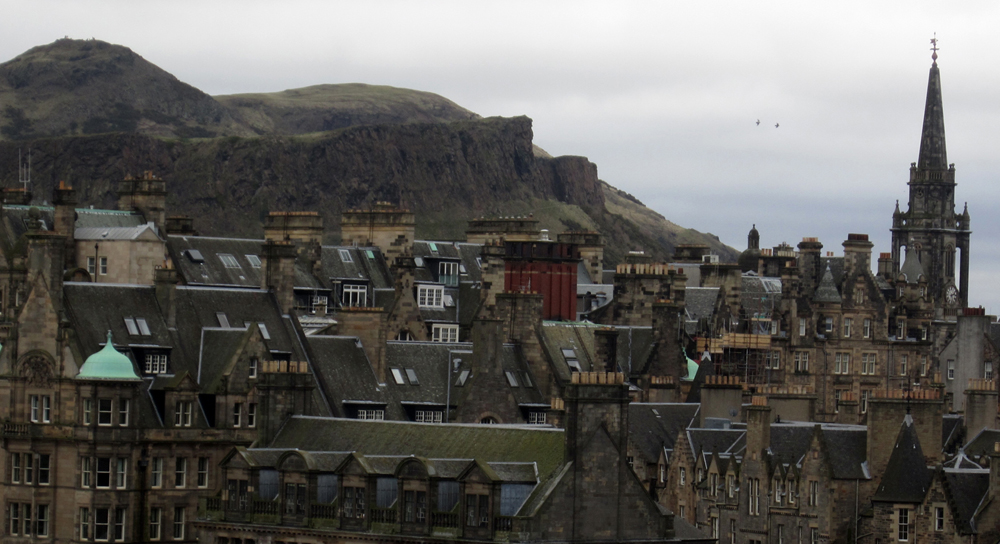By: Michael Tipton, Archives & Rare Books Library intern
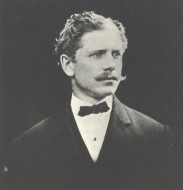 Shortly after the conclusion of World War II in 1945, a Mr. Myles Walsh of Oradell, New Jersey traveled to Cincinnati for the purpose of visiting his daughter, who at the time worked in the city. While on an extended stay, Mr. Walsh decided to take some coursework in the Classics Department at the University of Cincinnati. So impressed was Mr. Walsh with the courses and the campus of the university that he decided to donate to UC some very rare and unique letters personally written and addressed to him from noted American author and journalist Ambrose Bierce (1842-1914?).
Shortly after the conclusion of World War II in 1945, a Mr. Myles Walsh of Oradell, New Jersey traveled to Cincinnati for the purpose of visiting his daughter, who at the time worked in the city. While on an extended stay, Mr. Walsh decided to take some coursework in the Classics Department at the University of Cincinnati. So impressed was Mr. Walsh with the courses and the campus of the university that he decided to donate to UC some very rare and unique letters personally written and addressed to him from noted American author and journalist Ambrose Bierce (1842-1914?).
Though they were consulted once or twice by scholars over the past half-century, the fifty-nine donated letters have never been generally accessible for research and teaching. In 2011, the letters were digitized and now, with the development of a Bierce presence on ARB’s website, they have assumed their rightful place on the internet for all to study and enjoy. Continue reading

 The current UC Records Management newsletter shares information on reducing that hoard of administrative records in your office, tips for how you can organize records through shared drives, information on upcoming workshops, and program news.
The current UC Records Management newsletter shares information on reducing that hoard of administrative records in your office, tips for how you can organize records through shared drives, information on upcoming workshops, and program news. The University of Cincinnati Libraries have created a website and digital archive that provides access to the historic Cincinnati subway and street images, a collection of over 8,000 photographic negatives and prints taken as part of a failed subway development project in the 1920s, and photographs documenting various street projects from the 1930s through the 1950s.
The University of Cincinnati Libraries have created a website and digital archive that provides access to the historic Cincinnati subway and street images, a collection of over 8,000 photographic negatives and prints taken as part of a failed subway development project in the 1920s, and photographs documenting various street projects from the 1930s through the 1950s.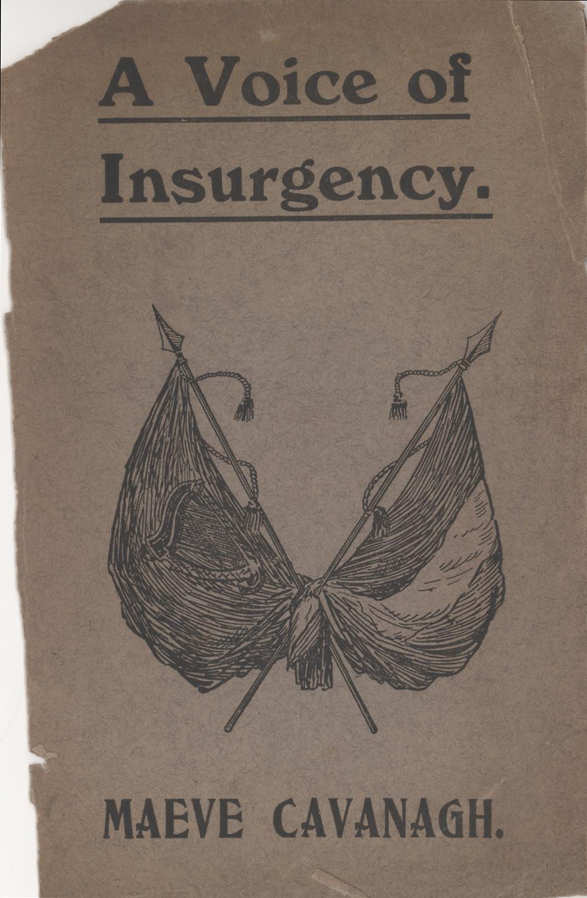
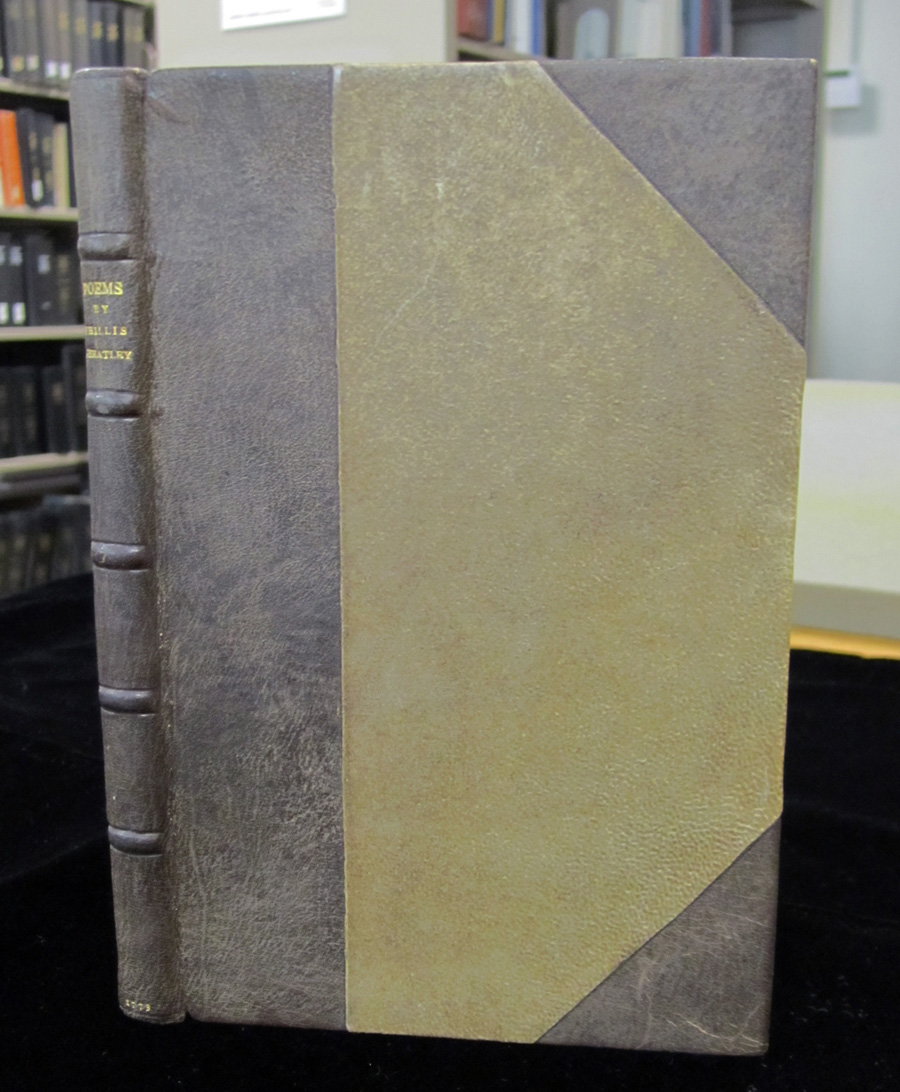
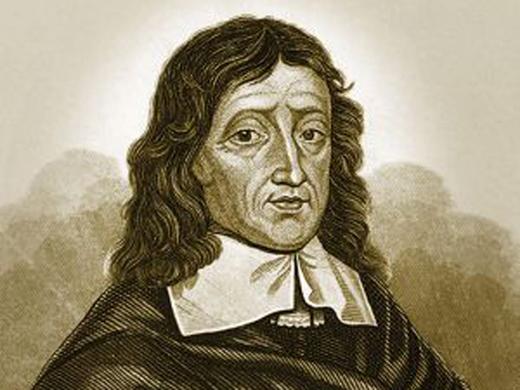 Milton (1608-1674) is one of the greatest poets and essayists in the English language. The quote, which is part of his work condemning censorship and pleading for free speech, is part of the architectural design in the library, which opened as the University of Cincinnati’s Main Library in 1930. Intended to inspire students and scholars, they are words meant both to establish the primacy of books and the written word in human culture and to draw the reader within the building to explore, to learn, to consider, and to share knowledge.
Milton (1608-1674) is one of the greatest poets and essayists in the English language. The quote, which is part of his work condemning censorship and pleading for free speech, is part of the architectural design in the library, which opened as the University of Cincinnati’s Main Library in 1930. Intended to inspire students and scholars, they are words meant both to establish the primacy of books and the written word in human culture and to draw the reader within the building to explore, to learn, to consider, and to share knowledge. Because April is celebrated as National Poetry Month, over the next few weeks the Archives & Rare Books Library will blog about some of its significant holdings in the Rare Books Collection. Perhaps the best subject with which to begin is ARB’s outstanding collection of 18th century poetical pamphlets. Eighteenth-century literature is one of the hallmarks of the rare books holdings, encompassing drama, poetry, fiction, philosophy, theology, travel, history, and geography. And the core of this area is what we have traditionally called the Anonymous Poetical Pamphlet Collection.
Because April is celebrated as National Poetry Month, over the next few weeks the Archives & Rare Books Library will blog about some of its significant holdings in the Rare Books Collection. Perhaps the best subject with which to begin is ARB’s outstanding collection of 18th century poetical pamphlets. Eighteenth-century literature is one of the hallmarks of the rare books holdings, encompassing drama, poetry, fiction, philosophy, theology, travel, history, and geography. And the core of this area is what we have traditionally called the Anonymous Poetical Pamphlet Collection.
